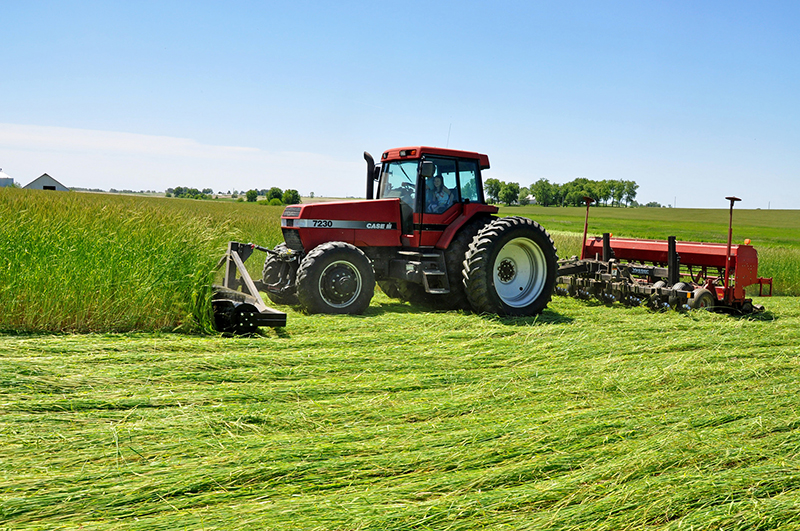 Tillage involves the preparation of soil by mechanically digging, stirring or overturning the soil. There are numerous methods of tillage ranging from mechanically powered tractors to hand tools such shovels, pick rack and so on including the use of animals to drive ploughs.
Tillage involves the preparation of soil by mechanically digging, stirring or overturning the soil. There are numerous methods of tillage ranging from mechanically powered tractors to hand tools such shovels, pick rack and so on including the use of animals to drive ploughs.